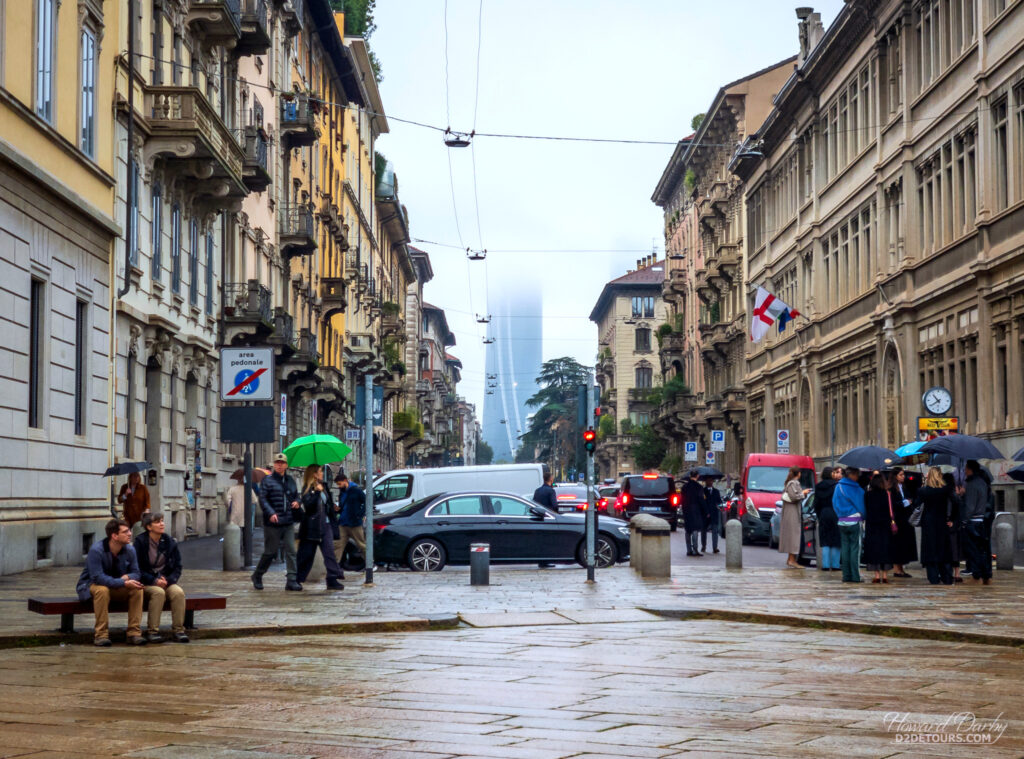
We are leaving the heat in Crete and heading to the more temperate climate of Southern France, by way of a 4-night detour through northern Italy. When we’re changing locations it’s often a toss-up whether the price or duration of a flight is the more important factor. All of the flights out of Crete to Nice involved at least one stopover (Athens), and while not ridiculously priced weren’t exactly a bargain either. Alternatively, RyanAir’s 3-hour direct flight to Milan came with a very attractive fare, and from Milan we could hop our way by bus to Genoa and then Nice, before settling in Juan-Les-Pins on the southeastern coast of France. Now, I will put a slight caveat on this choice: neither Milan nor Genoa is the least bit budget-friendly, but we’ve never been to either city, so that helped sway our decision.
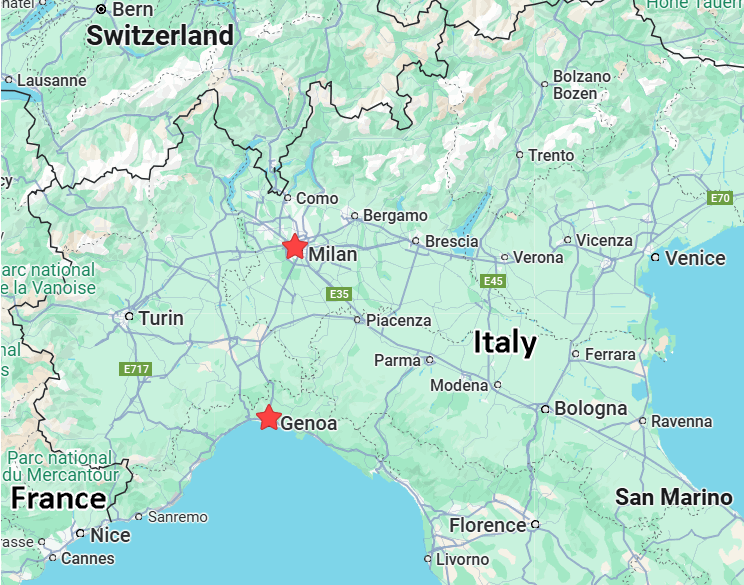
For centuries Milan has been one of the largest cities in Europe, and a leader in political and artistic endeavours. Today its urban area is the fourth-most-populous in the European Union, with 6.17 million inhabitants. It is the industrial and financial capital of Italy, and, along with New York, London, and Paris, is one of the four fashion capitals of the world. It is also home to some sublime Italian architecture, with the most well-known example likely the Duomo di Milano, the Milan Cathedral.
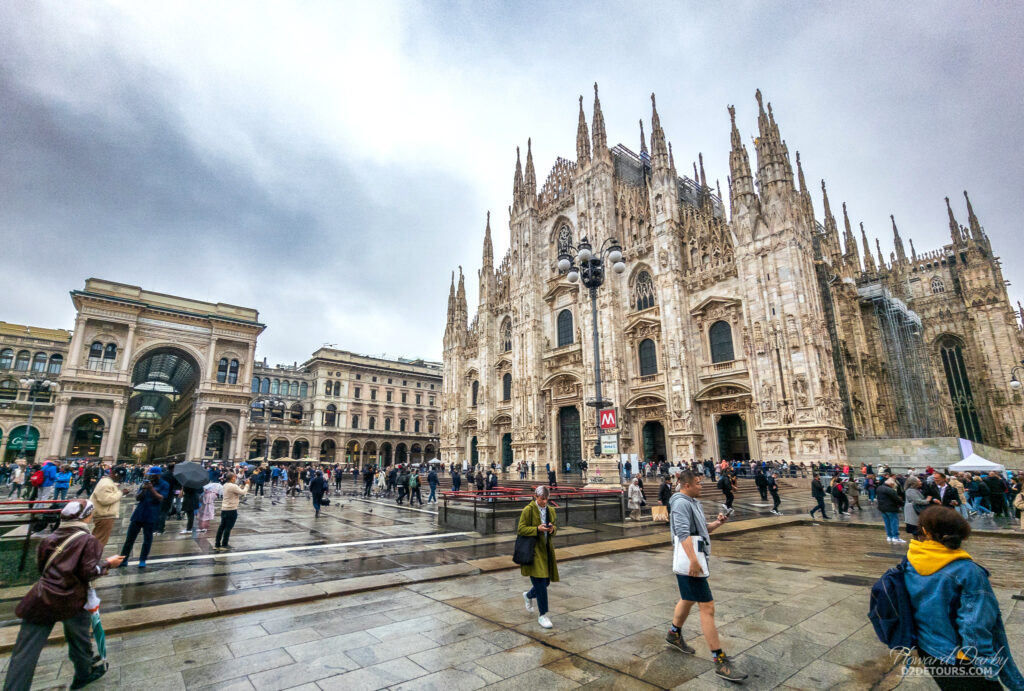
To exemplify Milan’s power and status in Northern Europe, a new cathedral was commissioned in 1386 CE. This grand Gothic-style house of worship would replace the ruins of a 4th century basilica that had once stood in the very center of the ancient Roman city of Mediolanum. The initial choice of terracotta stone as the main construction material was soon deemed too mundane, and Condoglian marble, a pink-hued white stone from Lake Maggiore, was chosen instead. An entire canal system had to be built to transport the marble slabs from the quarry to the building site! While the cathedral was consecrated in 1418, only a tiny portion was complete as politics, apathy, and a lack of capital impeded progress. It was Napoleon, in the early 19th century, who oversaw the completion of the exterior, and reinvigorated interest in finishing the interior. Construction of the cathedral was finally concluded in 1965.
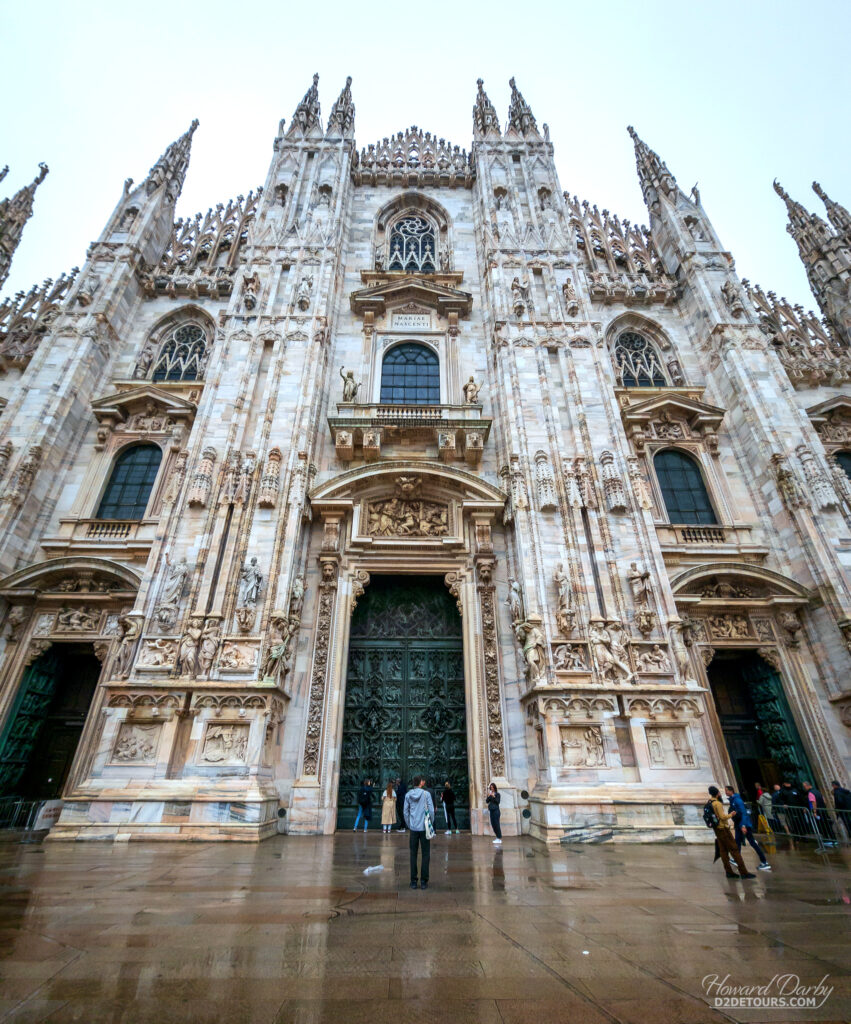
On the day we visited, the queue to view the interior was considerable with a wait time of easily 15-20 minutes. The heavy drizzle was enough of a deterrent to joining the line, plus there was an entry fee – it is a pet peeve of mine that the Catholic church frequently charges admission to their holdings when they are hardly struggling financially – so we satisfied ourselves with the captivating exterior. A dizzying array of decorations, 135 spires, 150 gargoyles, and thousands of statues, fight for your consideration, and the marble is exquisite with amazing colour variations. We left feeling very satisfied.
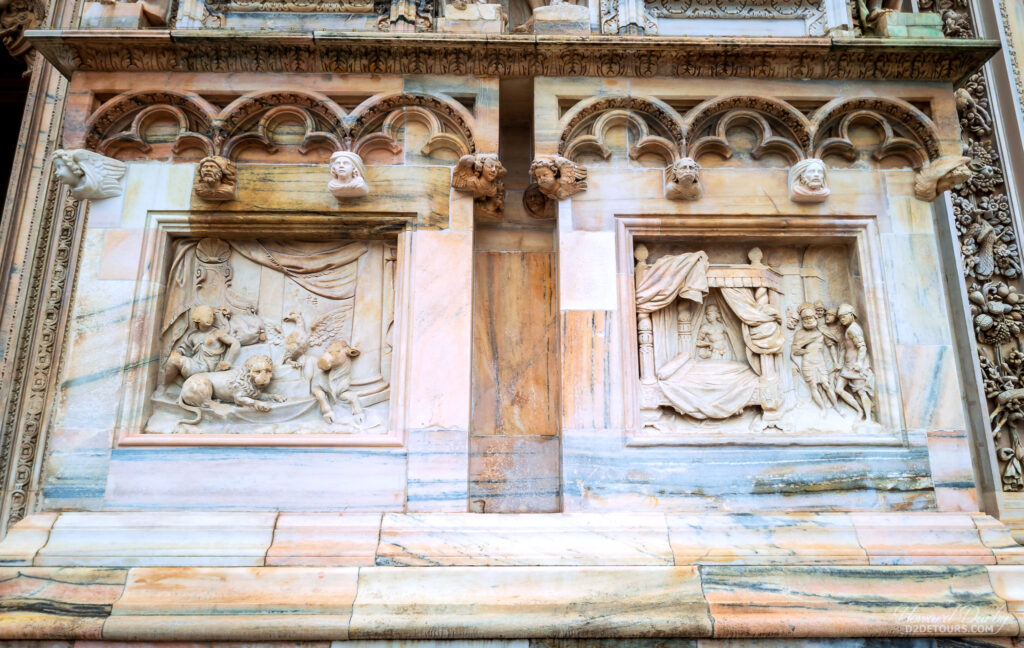
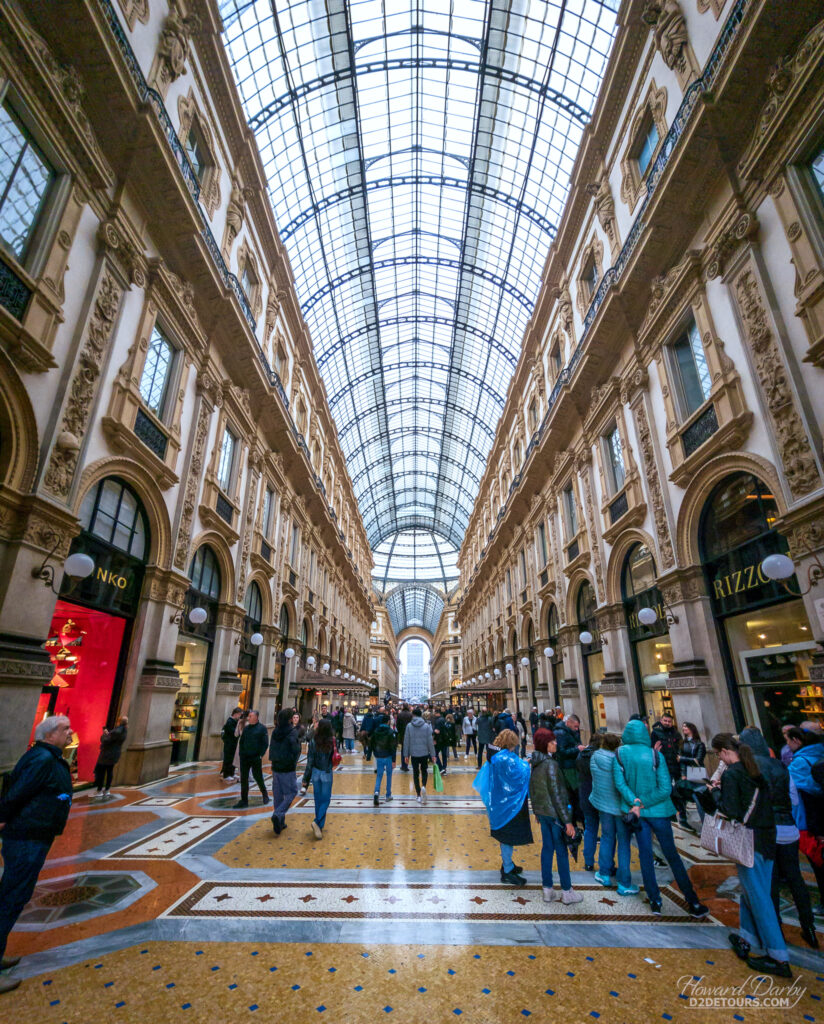
Another important Catholic site in Milan is the Church and Dominican Convent of Santa Maria delle Grazie, completed between 1463 and 1497 CE. Its exterior might not be as impressive as the Duomo di Milano, but its refectory (dining hall) is home to The Last Supper, one of Leonardo da Vinci’s masterpieces. Sadly, due to the type of material da Vinci used in his work, which allowed for frequent revisions to accommodate his inconsistent schedule, as well as environmental (and intentional!) damage, the numerous restorations over the centuries (the last one was completed in 1999) have left little remaining of the original artwork. An entry fee of €15 ($23 CAD) per person is charged to allow small groups, in 15-minute intervals, to move through the refectory to view the painting. We opted not to join the mural-viewing conveyor belt, and instead contemplated the gorgeous interior of the church itself, which we could do for free.


A more modern piece of Italian architecture is the Torre Velasca, an example of the Brutalism style in vogue in the 1950s. The tower was constructed between 1956 and 1958, and was a “modern interpretation of the typical medieval Italian castle.” Many Milanese consider it the world’s ugliest building.
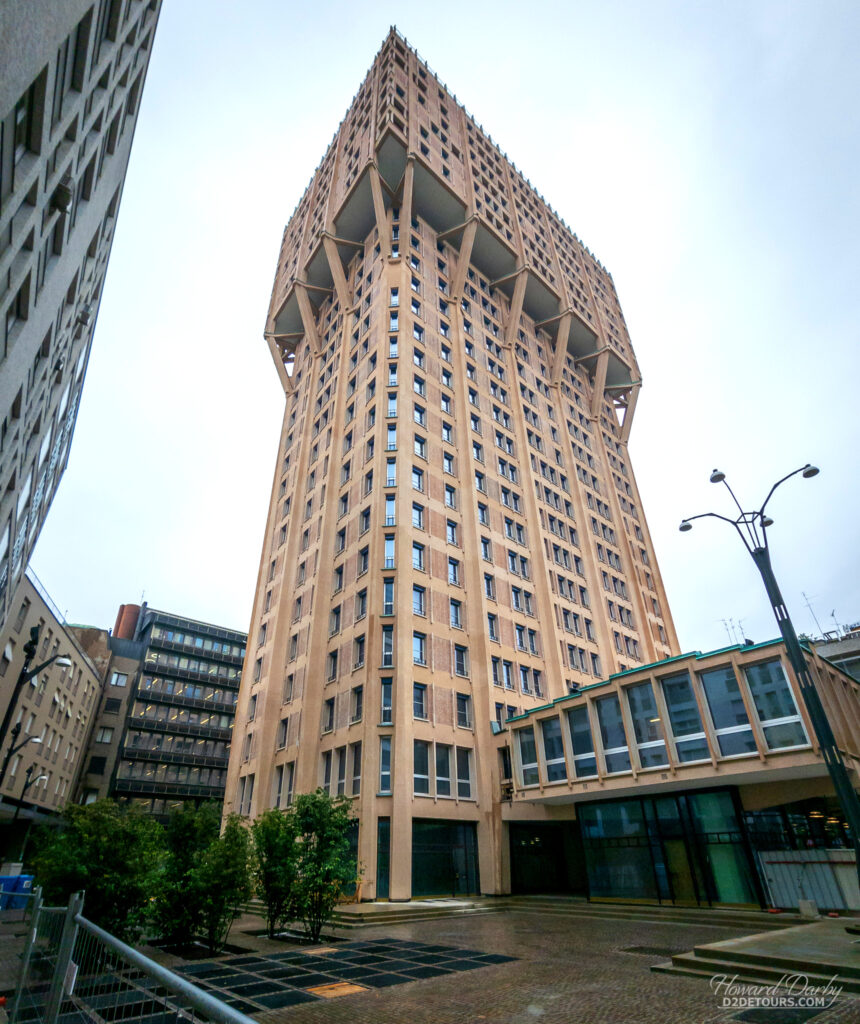
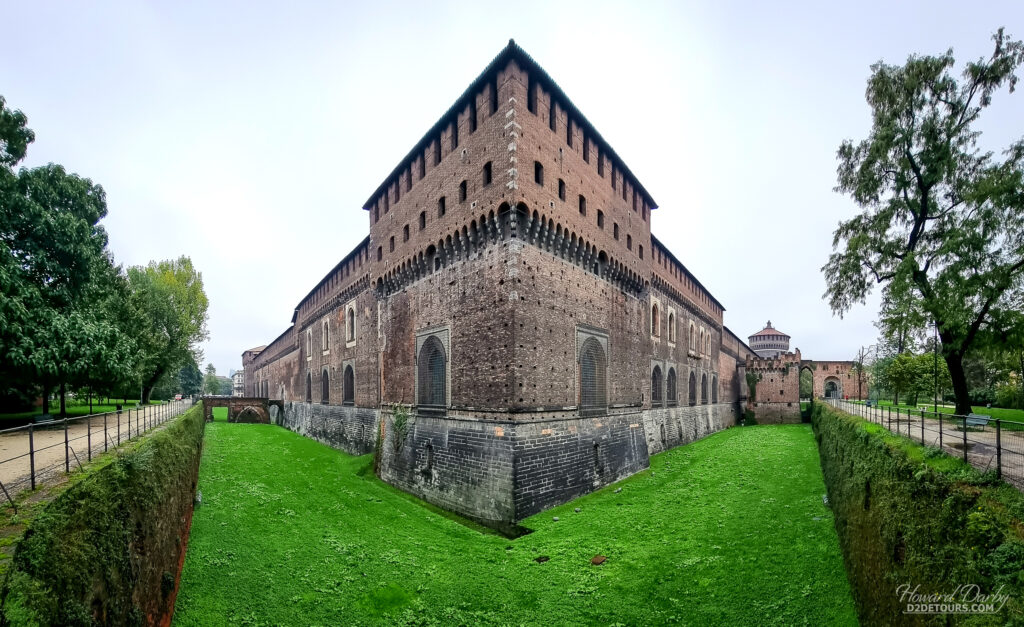
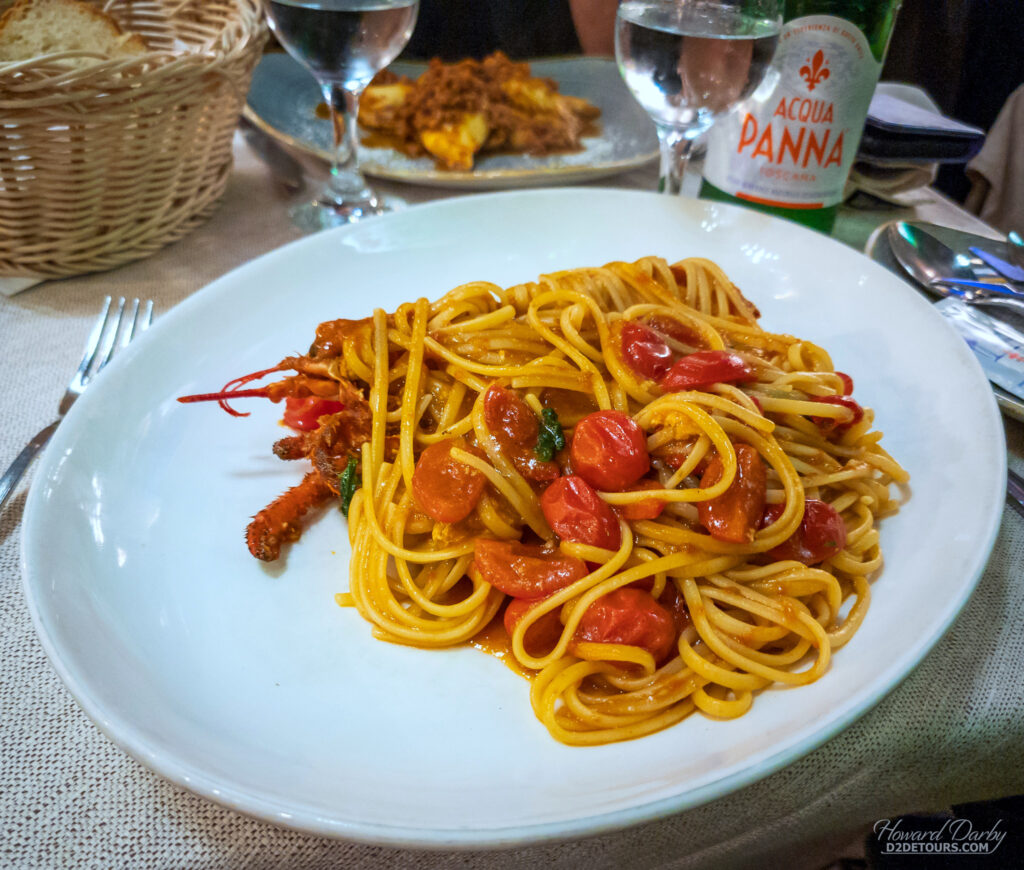
We deliberately booked an apartment in Milan within easy walking distance of the metro station (for quick access to the downtown core) and the Flixbus station (to catch a bus to Genoa). It was very suburban with lots of greenery and, had the weather cooperated, would have been a pleasant area in which to stroll. When we booked our bus tickets to Genoa we picked the departure/arrival times to coincide with the Genoa apartment check-in. We didn’t think to confirm what the checkout time was for the apartment in Milan, assuming it was the standard 11 am. It was 9 am!! Rain was pouring that morning and we had a noon bus so were very happy to find a funky café/bike repair shop to while away a few hours indulging in pastries, and a decadent coffee, while bopping along to the 70s classic rock playlist the young owner said his father had compiled.
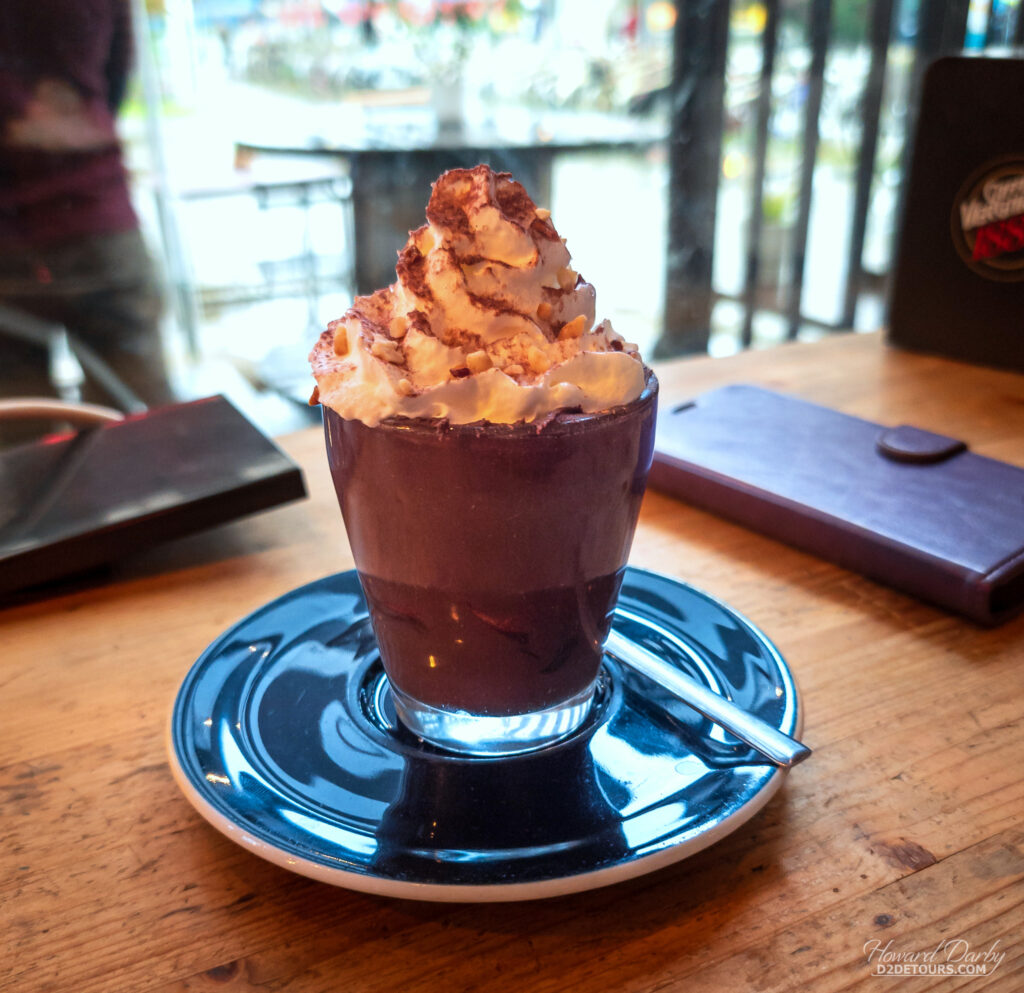
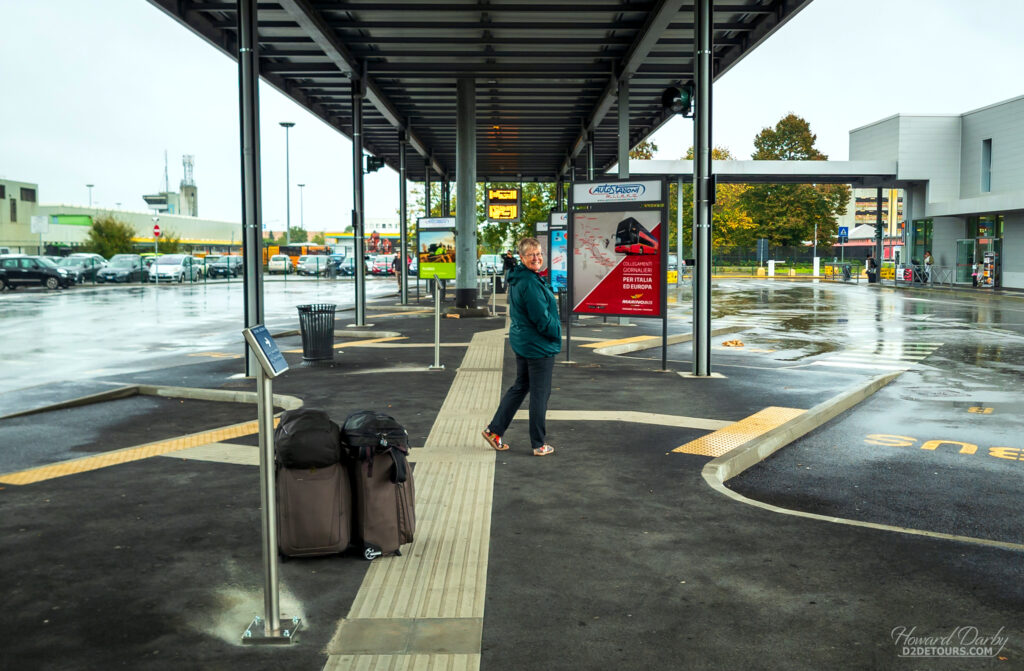
Our apartment in Genoa was not in suburbia. We were on the waterfront, and not the beachy kind of waterfront, the commercial one – “gritty” was being kind. It was, however, close to the bus station and only a few blocks from the medieval center of Genoa, which is where we wanted to do our sightseeing. The apartment was in an old building undergoing a renovation, and despite promises of an elevator, one had yet to be installed. Picking the penthouse unit might not have been our wisest choice. Luckily, the young fellow who met us with the keys insisted on carrying both of our bags up to the eighth floor, and we offered little resistance.
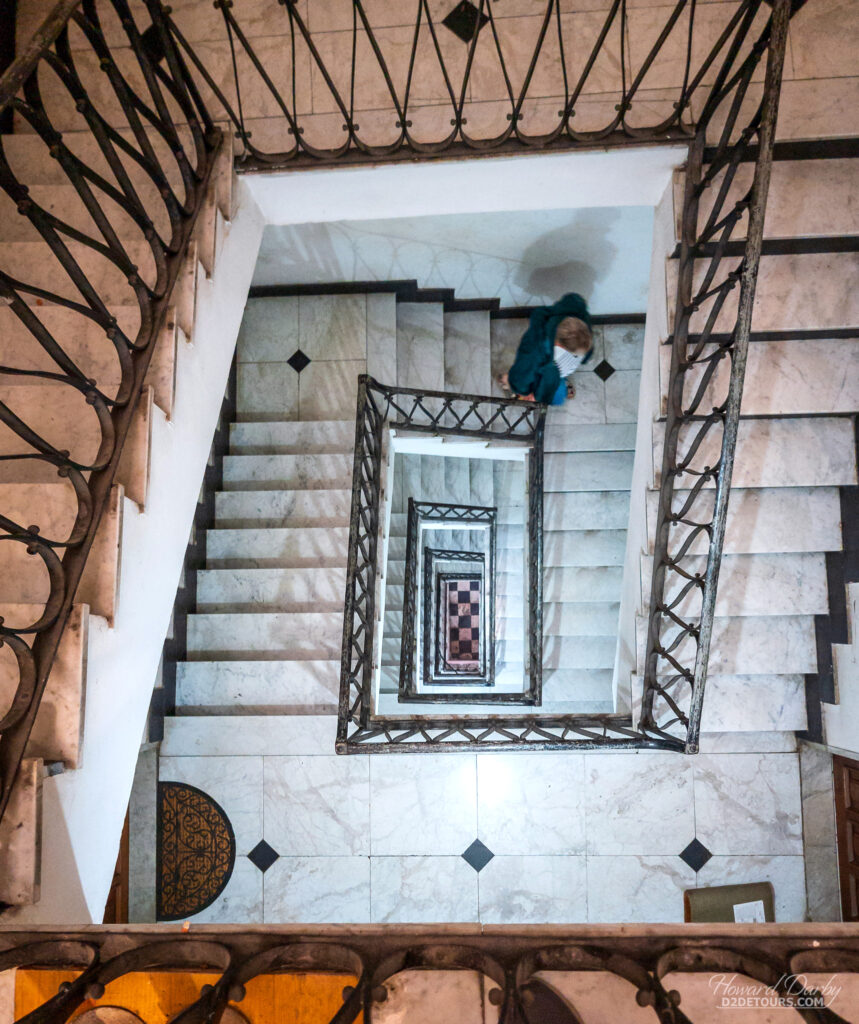
Genoa was the birthplace of Christopher Columbus, and the sea has long figured in its history. For more than seven centuries it was the capital of one of the most powerful European maritime republics, with colonies throughout the Mediterranean and the Black Sea. Today, it is the busiest seaport in the Mediterranean. We had no specific landmarks on our sightseeing list, instead we meandered, letting the narrow, cobblestone “caruggi” (streets) lead the way. The most intriguing route we wandered along was the Strade Nuove (New Streets).
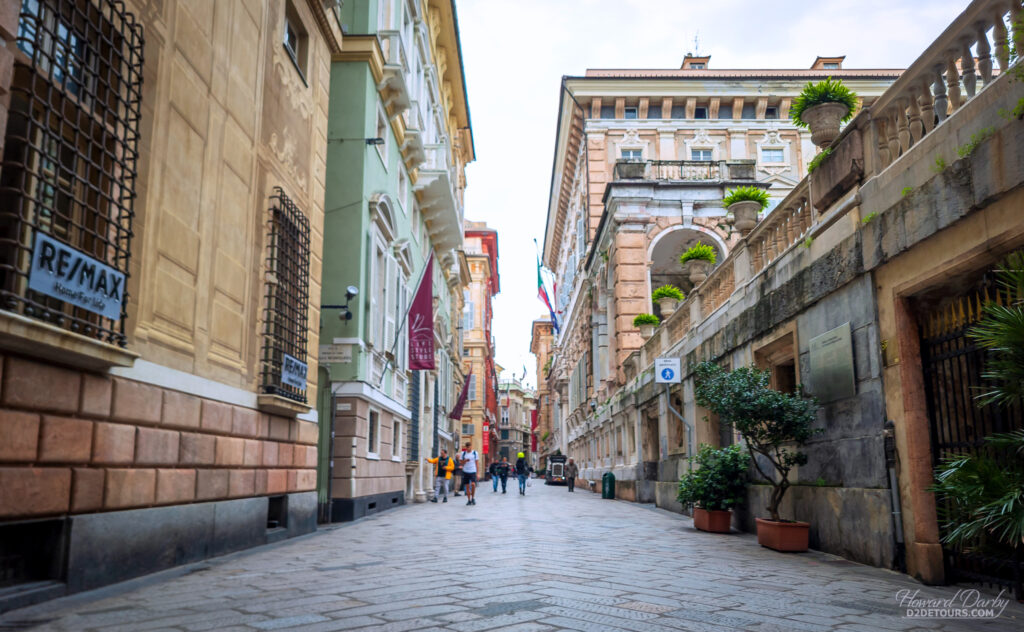
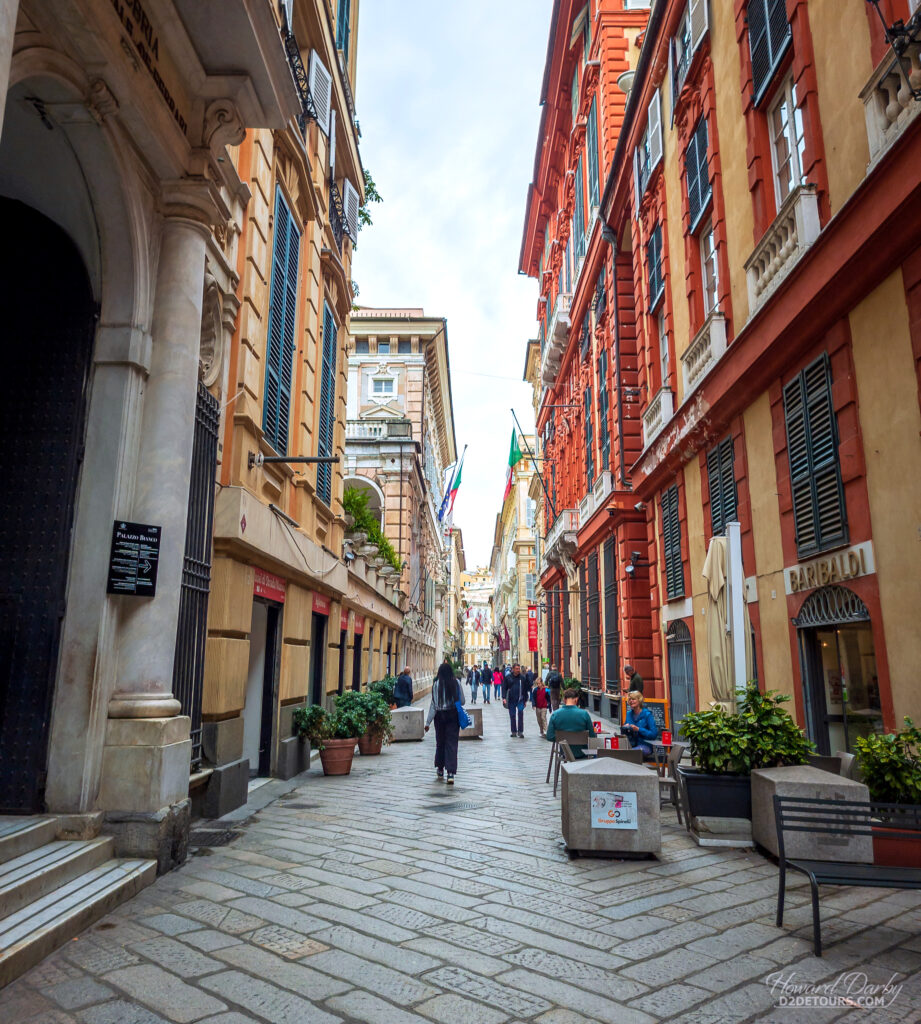
At the height of the republic’s power, when money was no object, the Genoese constructed what has now been recognized by UNESCO as the first European “urban development project parceled out by a public authority within a unitary framework and associated to a particular system of ‘public lodging’ in private residences.” Basically, the Renaissance version of upscale bed & breakfasts. In 1576, to showcase the prosperity of their city, the wealthiest Genoese families began building sumptuous palaces along a planned series of roadways (the Strade Nuove). These palaces were then registered on the city rolls according to capacity, décor, and prestige. As the need arose, lots were drawn to determine which Palazzi dei Rolli families would win the honour of hosting visiting dignitaries on behalf of the republic. Between 1576 and 1664, 163 homes were included at one time or another on the city registers. Only a few of the palaces remain private residences today.

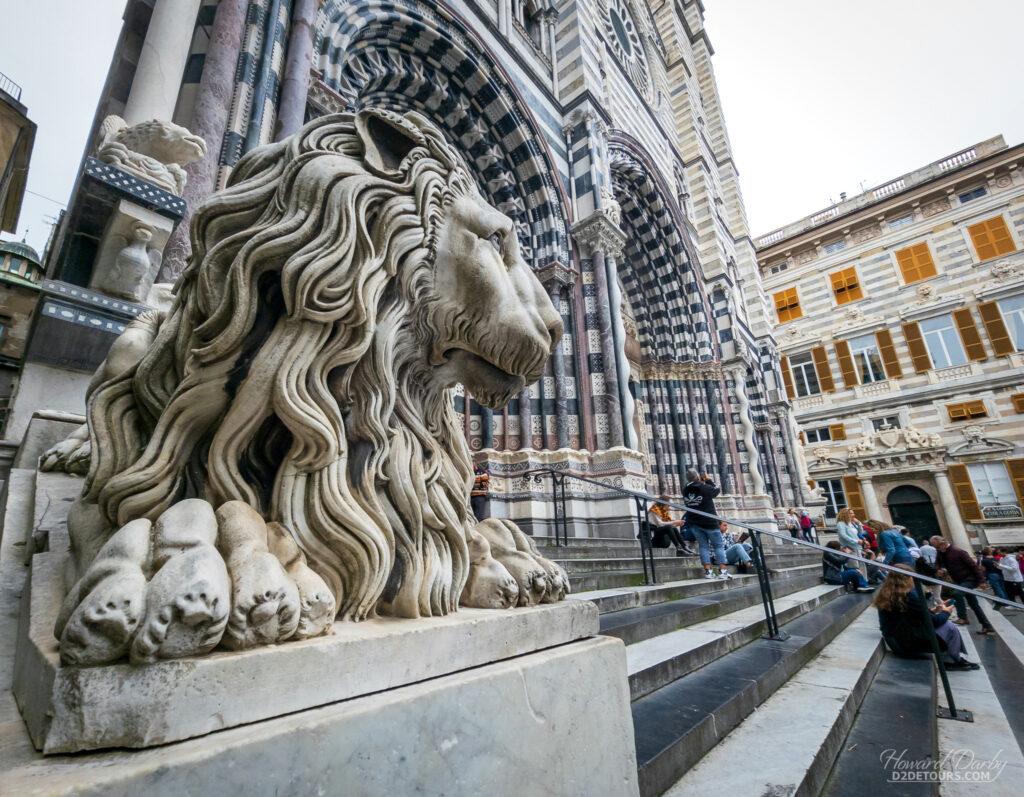
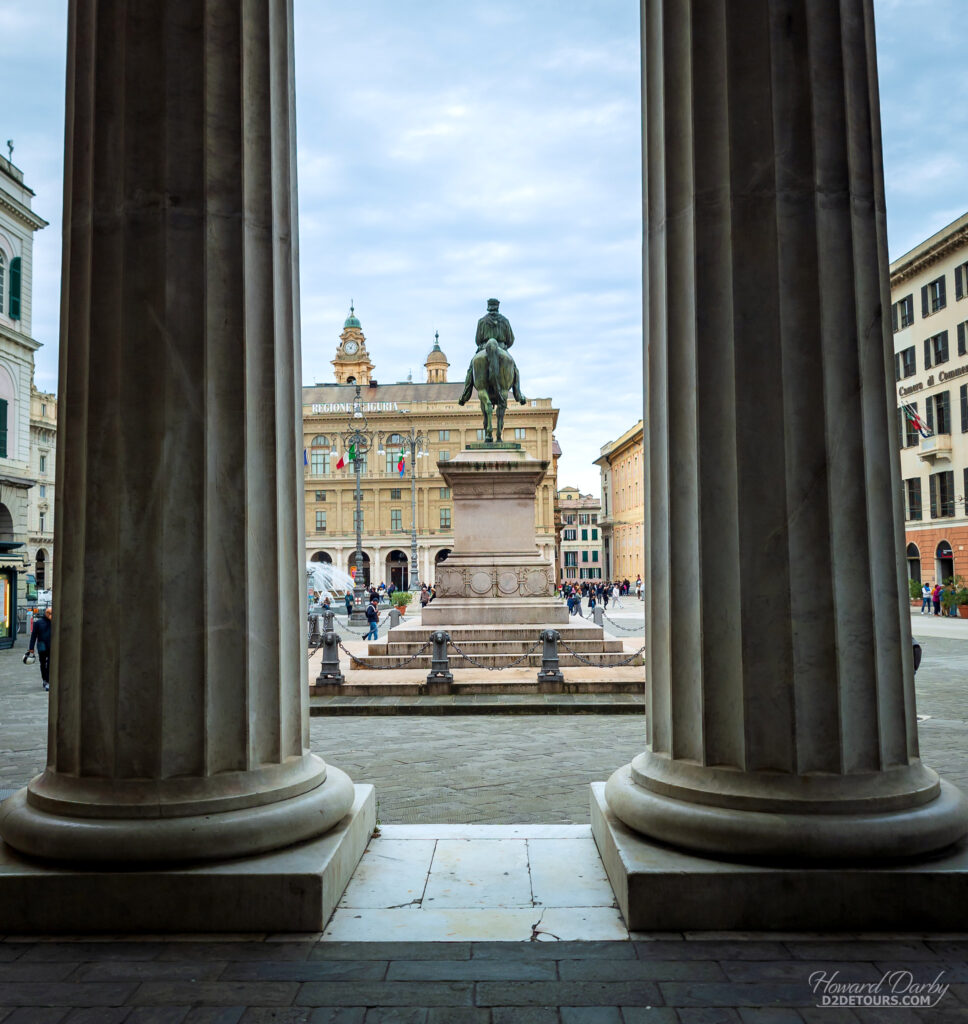

Off to the French Riviera!


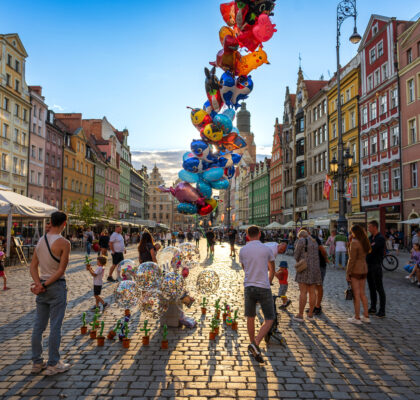
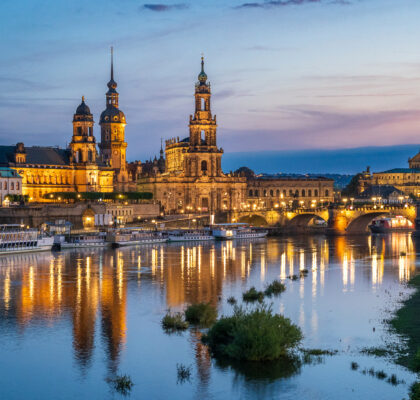
Always love your posts! If you have time, take the train to Menton for a day trip. Very close to Italian boarder. Rick Steves described it as what many people THINK they will see/experience in France. That is where we based ourselves for a week last April. The daily (?) market stalls were great for finding easy dinners.